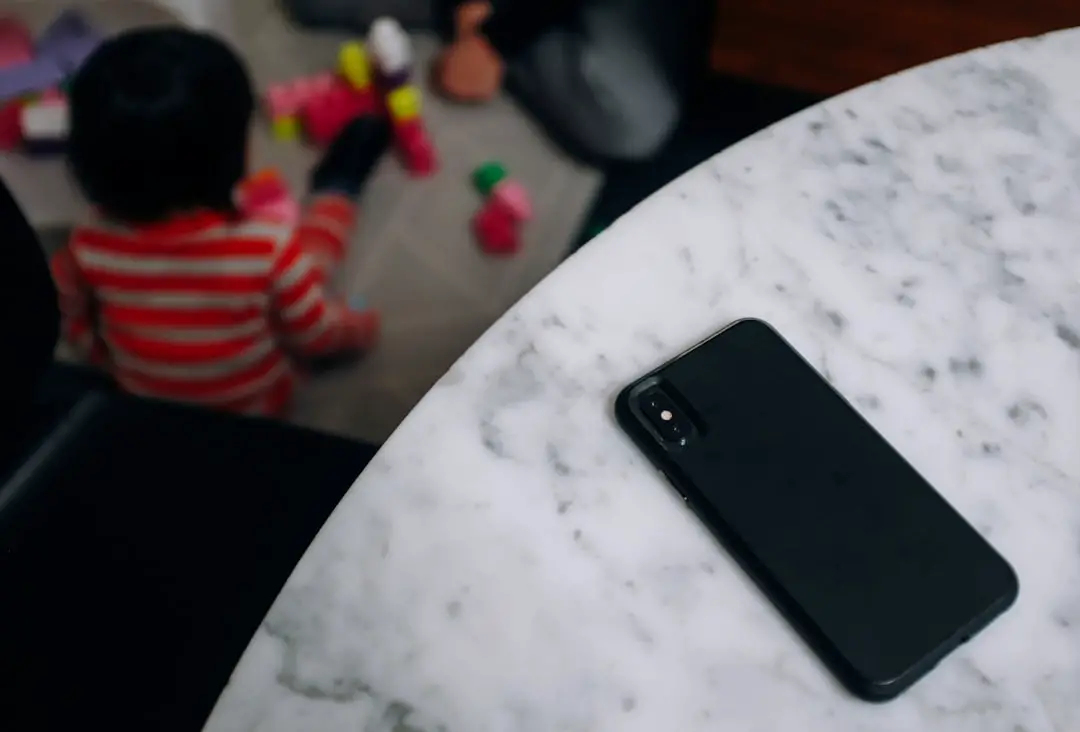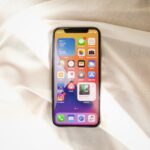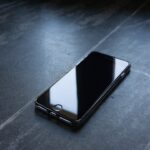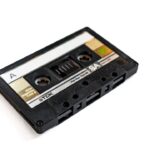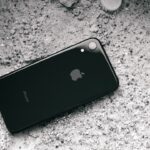Jailbreaking is the process of removing software restrictions imposed by Apple on its iOS operating system. This allows users to gain root access to the iPhone’s file system and manager, enabling them to install applications, tweaks, and themes that are not available through the official App Store. The term “jailbreak” itself is a metaphorical reference to breaking free from the confines of a digital prison, allowing users to fully utilize their devices in ways that Apple may not have intended.
The jailbreaking process typically involves exploiting vulnerabilities in the iOS software to gain elevated privileges. Once jailbroken, users can access a variety of third-party app stores, such as Cydia, which offer a plethora of applications and modifications that enhance the functionality of the device. This can include everything from customization options that change the appearance of the user interface to utilities that improve system performance or add new features entirely.
Key Takeaways
- Jailbreaking is the process of removing software restrictions imposed by Apple on its iOS devices, allowing users to gain root access and customize their devices beyond the limitations set by the manufacturer.
- Risks of jailbreaking include security vulnerabilities, instability, and voiding of warranties, while benefits include the ability to install third-party apps, customize the user interface, and access features not available on non-jailbroken devices.
- To jailbreak the iPhone 14, users can follow step-by-step instructions provided by reputable jailbreaking tools such as Checkra1n, Unc0ver, or Chimera.
- Choosing the right jailbreaking tool is crucial for a successful and safe jailbreaking process, as different tools support different iOS versions and device models.
- Jailbreaking may have legal implications, as it may violate Apple’s end-user license agreement and copyright laws, so users should be aware of the potential consequences before proceeding.
- After jailbreaking, users can customize their iPhone 14 by installing themes, tweaks, and customizing system settings to enhance the user experience.
- Common jailbreaking issues such as boot loops, app crashes, and battery drain can be troubleshooted by following online guides and seeking help from the jailbreaking community.
- To stay safe and secure after jailbreaking, users should avoid installing untrusted tweaks, regularly update their jailbreaking tools, and consider using security-focused tweaks to enhance device security.
The Risks and Benefits of Jailbreaking
Jailbreaking an iPhone comes with a unique set of risks and benefits that potential users should carefully consider. On one hand, the primary benefit of jailbreaking is the increased freedom it provides. Users can install apps that are not sanctioned by Apple, customize their device’s interface, and access system-level features that are otherwise restricted.
For instance, users can tweak settings that allow for better battery management or even install emulators for classic gaming systems. This level of customization can significantly enhance the user experience, making the device more tailored to individual preferences. However, these benefits are counterbalanced by several risks.
One of the most significant concerns is security; jailbroken devices are more vulnerable to malware and hacking attempts because they bypass many of the security measures put in place by Apple. Additionally, jailbreaking voids the warranty on the device, meaning that if something goes wrong, users may be left without support from Apple. There is also the risk of “bricking” the device during the jailbreaking process, rendering it inoperable.
Furthermore, updates from Apple can undo the jailbreak or cause instability in the system, leading to potential data loss or functionality issues.
How to Jailbreak the iPhone 14
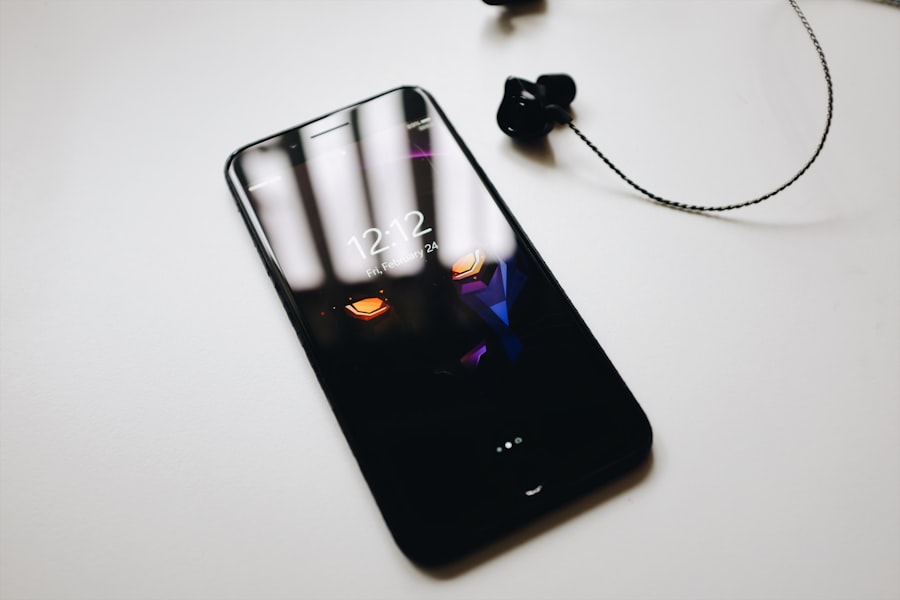
Jailbreaking an iPhone 14 requires a careful approach and an understanding of the specific tools available for this model. As of now, various tools have been developed to facilitate the jailbreaking process for newer iOS versions, including those compatible with the iPhone 14. The first step typically involves checking the current iOS version on your device, as different jailbreak tools support different versions.
Users should ensure they are using a compatible tool for their specific iOS version to avoid complications. Once compatibility is confirmed, users can proceed with downloading a reputable jailbreaking tool such as unc0ver or checkra1n. These tools often come with detailed instructions on how to execute the jailbreak process.
Generally, this involves connecting the iPhone to a computer, running the jailbreak software, and following on-screen prompts. It’s crucial to back up all data before starting this process, as there is always a risk of data loss. After successfully jailbreaking, users will typically find a new app called Cydia on their home screen, which serves as a gateway to a wide array of third-party applications and tweaks.
Choosing the Right Jailbreaking Tool
| Jailbreaking Tool | Compatibility | Success Rate | Support |
|---|---|---|---|
| Tool A | iOS 10-14 | High | 24/7 Chat |
| Tool B | iOS 12-14 | Medium | |
| Tool C | iOS 11-14 | Low | Forum |
Selecting the appropriate jailbreaking tool is essential for a successful jailbreak experience. The landscape of jailbreaking tools is constantly evolving, with new options emerging as Apple releases updates and patches vulnerabilities. Popular tools like unc0ver and checkra1n have gained traction due to their reliability and user-friendly interfaces.
Unc0ver is known for its semi-untethered jailbreak method, which allows users to re-jailbreak their devices after a reboot without needing to connect to a computer again. On the other hand, checkra1n utilizes a hardware-based exploit that works on devices with A5 to A11 chips, making it particularly effective for older models but less so for newer ones like the iPhone 14. Users should also consider community feedback and reviews when choosing a tool; forums and social media platforms often provide insights into user experiences and any potential issues encountered during the jailbreaking process.
Ultimately, selecting a tool that is well-supported and frequently updated can significantly enhance the chances of a smooth and successful jailbreak.
Understanding the Legal Implications of Jailbreaking
The legal landscape surrounding jailbreaking is complex and varies by jurisdiction. In some countries, jailbreaking is considered legal under certain conditions, while in others it may violate copyright laws or terms of service agreements. In the United States, for example, jailbreaking is generally legal due to exemptions granted by the Library of Congress under the Digital Millennium Copyright Act (DMCA).
However, this legality primarily applies to personal devices and does not extend to distributing modified software or pirated applications. Despite its legal status in some regions, users should be aware that jailbreaking can lead to unintended consequences regarding software updates and warranty claims. Apple has made it clear that jailbroken devices may not receive official support or updates, which can leave users vulnerable to security risks over time.
Additionally, while jailbreaking itself may be legal, using it to install pirated apps or software can lead to legal repercussions. Therefore, it is crucial for users to understand both their rights and responsibilities when engaging in jailbreaking activities.
Customizing Your iPhone 14 After Jailbreaking
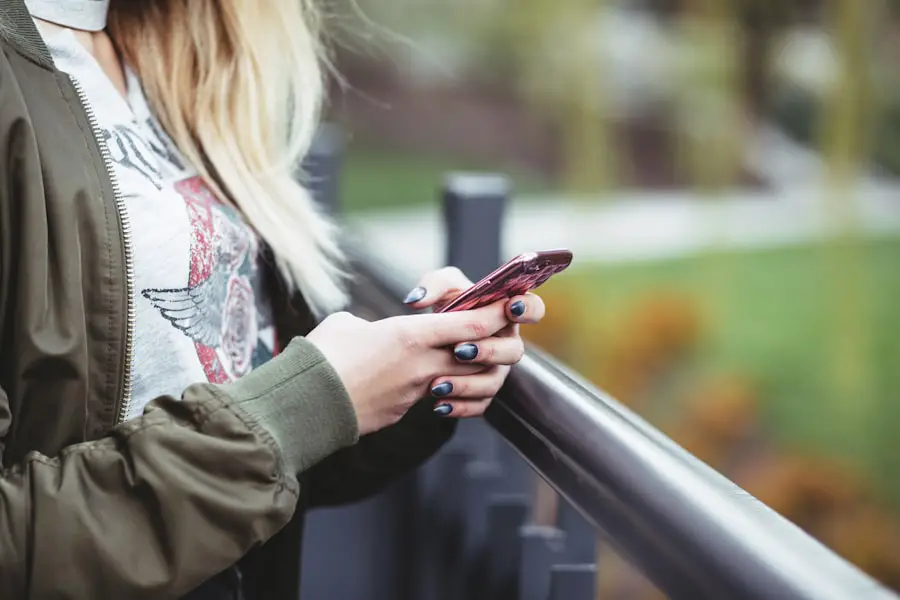
Once an iPhone 14 has been successfully jailbroken, users are presented with a world of customization options that can significantly alter their device’s appearance and functionality. The Cydia app serves as a primary resource for discovering and installing tweaks and themes designed specifically for jailbroken devices. Users can explore various categories within Cydia, including themes that change icons and wallpapers or tweaks that modify system behaviors such as notification styles or control center layouts.
One popular customization option is installing themes through Cydia that can completely transform the look of the iOS interface. For instance, themes like “Ayeris” or “Minimal.iOS” offer sleek designs that can make an iPhone feel fresh and unique. Additionally, tweaks such as “Springtomize” allow users to adjust multiple aspects of their device’s interface in one place—ranging from icon sizes to animations—providing an unprecedented level of personalization.
Beyond aesthetics, users can also install utility apps that enhance productivity or improve system performance, such as “iCleaner Pro,” which helps manage storage by removing unnecessary files.
Troubleshooting Common Jailbreaking Issues
While jailbreaking can open up exciting possibilities for customization and functionality on an iPhone 14, it is not without its challenges. Users may encounter various issues during or after the jailbreak process that require troubleshooting skills. One common problem is encountering errors during installation or when trying to run Cydia for the first time.
These issues can often be resolved by ensuring that all necessary dependencies are installed correctly or by restarting the device after completing the jailbreak. Another frequent issue involves compatibility problems with certain tweaks or applications after jailbreaking. Some users may find that specific apps crash or do not function as intended due to conflicts with other installed tweaks or because they are not optimized for the current version of iOS.
In such cases, it may be necessary to uninstall problematic tweaks one at a time until stability is restored. Additionally, keeping backups before making significant changes can help mitigate data loss if troubleshooting leads to further complications.
Staying Safe and Secure After Jailbreaking
After successfully jailbreaking an iPhone 14, maintaining security becomes paramount due to increased vulnerabilities associated with modified devices. Users should adopt best practices to safeguard their devices against potential threats. One essential step is to install reputable security applications designed for jailbroken devices; these apps can help monitor for malware or unauthorized access attempts.
Moreover, users should exercise caution when downloading tweaks or applications from Cydia or other third-party sources. Not all developers adhere to strict security protocols, which means some apps may contain malicious code or lead to instability in the system. Reading user reviews and checking developer credibility can help mitigate these risks.
Regularly updating installed tweaks and being mindful of permissions granted to apps can further enhance security post-jailbreak. In addition to these precautions, users should remain vigilant about potential phishing attempts or scams targeting jailbroken devices. Since these devices often lack some of Apple’s built-in security features, being cautious about links clicked in emails or messages becomes even more critical.
By adopting these practices and staying informed about new threats in the jailbreaking community, users can enjoy their enhanced iPhone experience while minimizing risks associated with this powerful modification process.
If you are looking to jailbreak your iPhone 14, you may want to check out the terms and conditions on getiphoneinfo.com. This website provides valuable information on the process of jailbreaking your device and the potential risks involved. Additionally, you can reach out to them for any questions or concerns you may have by visiting their contact page at getiphoneinfo.com/contact/. Make sure to stay informed and educated before attempting to jailbreak your iPhone 14.
FAQs
What is jailbreaking an iPhone?
Jailbreaking an iPhone is the process of removing the limitations imposed by Apple on their devices, allowing users to gain root access to the iOS operating system and install apps, tweaks, and themes that are not available through the official App Store.
Is jailbreaking legal?
In many countries, including the United States, jailbreaking is legal. However, it may void the warranty on your iPhone and could potentially cause security and stability issues.
What are the benefits of jailbreaking an iPhone?
Jailbreaking allows users to customize their iPhone’s appearance, install third-party apps and tweaks, and access features that are not available through the official App Store. It also allows for greater control over the device’s settings and functionality.
What are the risks of jailbreaking an iPhone?
Jailbreaking can void the warranty on your iPhone, and it may also make your device more vulnerable to security threats and stability issues. Additionally, Apple may refuse to provide support for jailbroken devices.
How do I jailbreak my iPhone 14?
The process for jailbreaking an iPhone 14 may vary depending on the specific model and iOS version. It’s important to research and follow a reputable guide or tool for jailbreaking, as the process can be complex and may carry risks.
Can I undo a jailbreak on my iPhone 14?
Yes, it is possible to undo a jailbreak on your iPhone 14 by restoring the device to its original, unjailbroken state using iTunes or Finder. However, this will typically result in the loss of all data on the device, so it’s important to back up your data before attempting to undo the jailbreak.
